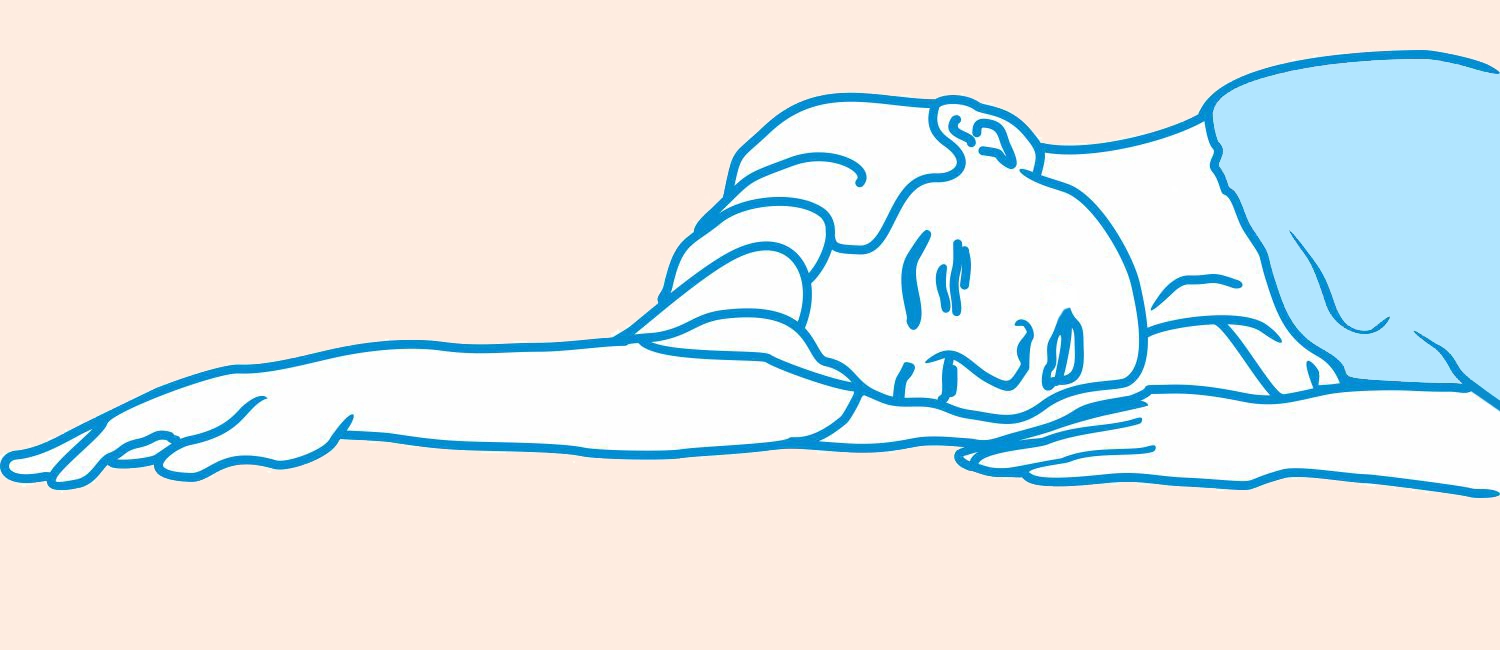To provide services at the highest level, we use cookies. Using the website requires you to choose settings related to their storage on your device. If you want to know what each type of cookie is used for, click the Details button below.
Do you sleep without a pillow?10 lutego 2024 |

Generally, it's not advisable to sleep without a pillow, although some people prefer it. Sleeping without a pillow is recommended only for stomach sleepers, as it brings certain benefits to them. For others, the disadvantages of this sleeping position far outweigh the advantage of conforming to a habit.
Sleeping without a pillow is healthy for stomach sleepers because it helps reduce the potential adverse effects of this spine-damaging sleeping position. However, it is not recommended for other sleepers, as only a properly chosen pillow that matches the body's anatomy can provide adequate support for the head and spine, taking into account the curves of the shoulders and neck.
Sleeping without a pillow on the stomach helps maintain the natural curvature of the spine and reduces pressure on the neck. It also aids in protecting the cervical spine. Sleeping on the stomach causes the head and spine to rotate. Additional bending backward caused by a pillow would lead to retraction of the cervical spine, which is considered highly dangerous for many people.
After some surgical procedures, especially those related to the head, neck, or face, a doctor may recommend temporarily sleeping flat and without using a pillow. This is to avoid additional pressure on the operated areas. Therefore, it is always essential to pay attention to the recommendations of specialists, including orthopedists or neurosurgeons.
Sleeping on the stomach is not recommended due to potential spine and neck problems. This position can lead to improper alignment of the vertebrae and pressure on the joints, damaging the cervical spine. It is advisable to avoid prolonged sleeping in this position and to change habits for healthier ones.